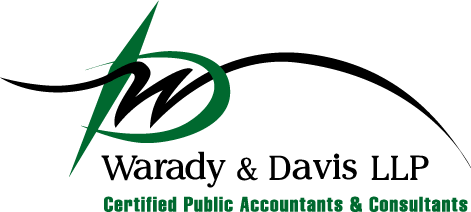The COVID-19 crisis has put enormous financial stress on many not-for-profits — whether they’re temporarily shut down or actively fighting the pandemic. If cash flow is a problem, your organization may need to do more than trim expenses. Here’s how to assess your financial condition and take appropriate action.
Put your board in charge
Ask your board of directors to lead your review and retrenchment efforts. In addition to having oversight experience and financial expertise, board members have a passion for your organization and will do whatever they can to assist. They may already have employer backing for your nonprofit, and those companies may be willing to step up their financial support. Or board members may be able to tap their social networks.
The first order of business should be to review programs relative to your nonprofit’s mission. If you identify one that isn’t critical to your mission and is a drain on cash balances and staff resources, consider cutting it. Terminating a non-mission-critical program frees up funds for other initiatives or administrative necessities. If you can redirect clients to similar programs offered by other organizations, such changes can be made without a break in service.
Your board may also be able to liberate cash from your investment portfolio. Your nonprofit may have investments or idle assets that aren’t generating operating income — for example, donated real estate, collections and other nonmarketable holdings. Divesting these possessions can raise critical operating funds.
Look to your endowment
Another potential source of operating funds is your organization’s permanently restricted endowment funds. Under the Uniform Prudent Management of Institutional Funds Act (UPMIFA), you may be able to spend what was once considered the untouchable original principal (or historical balance) of funds.
Access generally is available when the donor of the original gift is silent about restrictions or hasn’t specified that UPMIFA provisions don’t apply. In some cases, an original condition or restriction may no longer be practicable or possible to achieve. Your nonprofit should consult an attorney to learn whether this is an option.
If UPMIFA provisions don’t open up a source of funds, there’s another potential route — approach the original donor. Your organization can ask the donor to lift all or some of the spending restrictions so you may use a portion of the funds for operating costs.
We Are Here to Help
Please visit the Warady & Davis LLP COVID-19 Resource Center for a wealth of information on stimulus assistance, new legislation and much more. This information is updated regularly. This is a rapidly evolving situation so please do not hesitate to reach out to us with any questions or concerns at 847-267-9600 or info@waradydavis.com.
Legal Notice: The materials communicated in this transmission are for informational purposes only and not for the purpose of providing accounting, legal or investment advice. You should contact your accountant or advisor to obtain advice with respect to any particular issue or problem. Use of and access to this Web site or any of the e-mail links contained within the site do not create an accountant-client relationship between Warady & Davis and the user or browser. You should not act upon any such information without first seeking qualified professional counsel on your specific matter. Any accounting, business or tax advice contained in this communication is not a substitute for a formal opinion, nor is it sufficient to avoid tax-related penalties. If desired, Warady & Davis would be pleased to perform the requisite research and provide you with a detailed written analysis. Such an engagement may be the subject of a separate engagement letter that would define the scope and limits of the desired consultation services. © 2020 All Rights Reserved.
